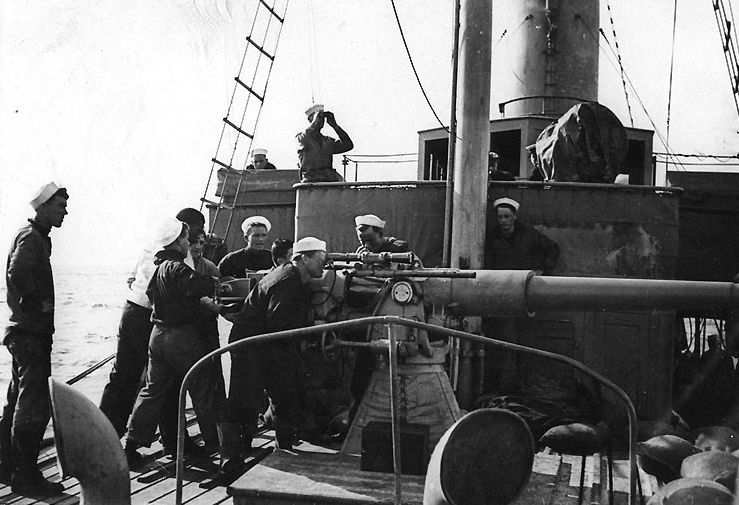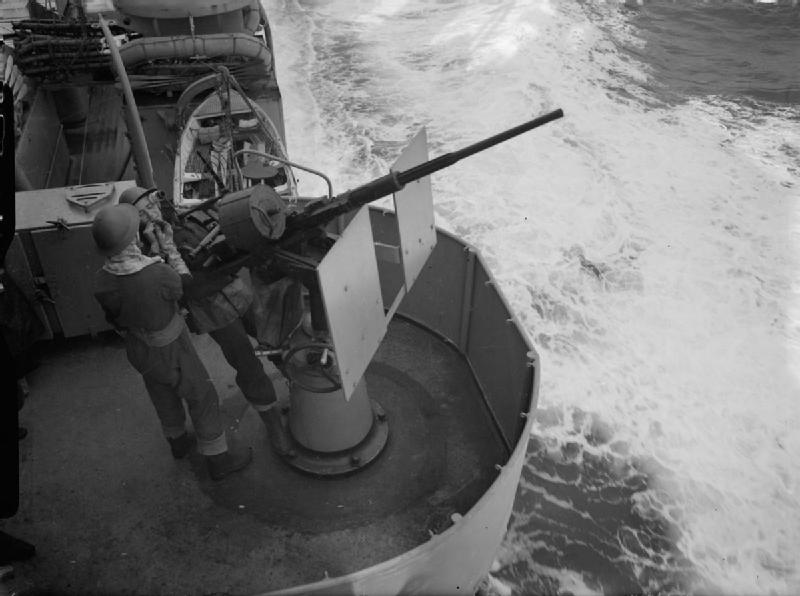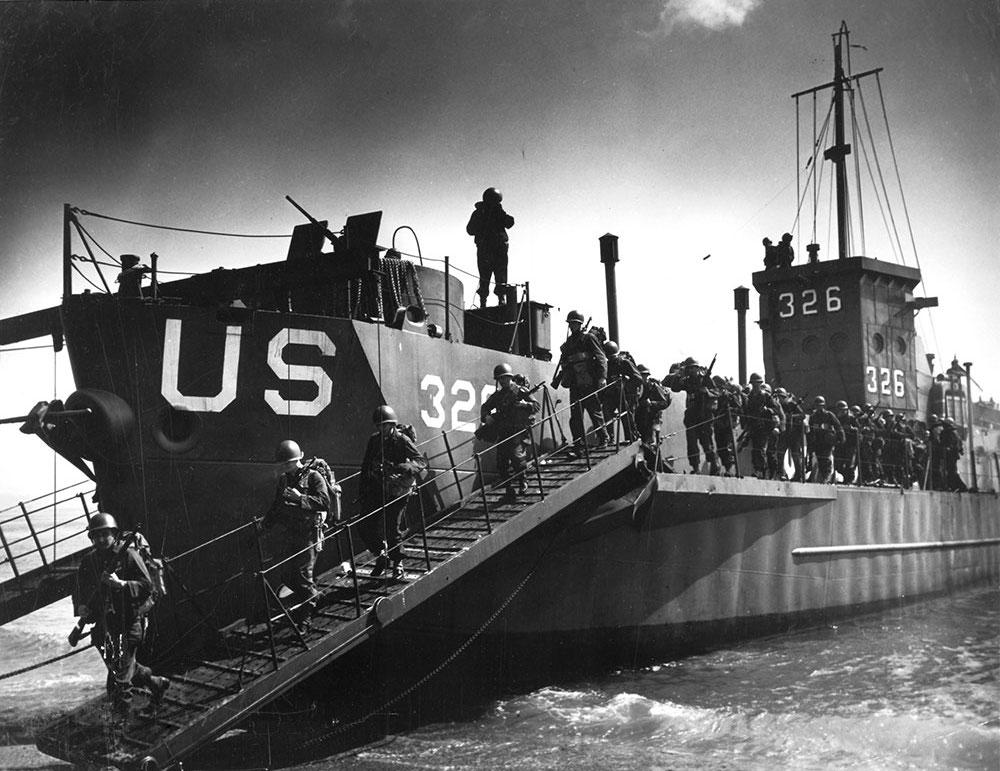|
Albina Engine And Machine Works
Albina Engine & Machine Works was a shipyard along the Willamette River in Portland, Oregon, United States. It was located in the Albina area of Portland along N. River Street and N. Loring Street. Albina Engine & Machine Works was founded in 1904. The shipyard produced a number of freighters during World War I, but operated mainly as a repair yard during the 1920s and 1930s. The Albina yard expanded its workforce and production during Portland's World War II shipbuilding boom. It specialized in producing subchasers, vessels designed to combat German U-boats. Albina Engine & Machine Works also built Landing Craft Support boats and cargo ships. Business declined in the post-war years, and Albina Engine & Machine Works was sold to the Dillingham Corporation around 1971. Submarine chaser 21 of 343 s built during World War II for the US Navy: * ''PC-569'' delivered 8 May 42 * ''PC-570'' 18 April 42 * ''PC-570'' 18 April 42 * ''PC-571'' 22 May 42 * ''PC-572'' 17 June 42 * ''PC ... [...More Info...] [...Related Items...] OR: [Wikipedia] [Google] [Baidu] |
USS Havre (PCE(C)-877)
USS ''Havre'' (PCE(C)-877) was a United States Navy escort in commission from 14 February 1944 to 1 July 1970. She served in the Central Pacific during World War II, supporting invasions of Battle of Iwo Jima and the Battle of Okinawa, and was present in Tokyo Bay for the formal Surrender of Japan on 2 September 1945. Unlike other ships from this class, which were scrapped or sold to other nations, the vessel stayed the property of the United States Navy, which transferred ownership to the United States Navy Reserve as Naval Reserve Training Ship for 9th Naval District (Chicago) in April 1954. She was renamed USS ''Havre'' (PCE-877) on 15 February 1956 as part of a Navy-wide initiative to provide names to all numbered ships. ''Havre'' served on the Great Lakes until struck from Navy List on 1 July 1970. Construction and commissioning The USS Havre was laid down on 6 May 1943 at Albina Engine & Machine Works, Portland, Oregon, as Patrol Craft Escort, PCE-877. The PCEs were desig ... [...More Info...] [...Related Items...] OR: [Wikipedia] [Google] [Baidu] |
3"/50 Caliber Gun
The 3"/50 caliber gun (spoken "three-inch fifty-caliber") in United States naval gun terminology indicates the gun fired a projectile in diameter, and the barrel was 50 calibers long (barrel length is 3 in × 50 = ). Different guns (identified by Mark numbers) of this caliber were used by the U.S. Navy and U.S. Coast Guard from 1890 through to 1994 on a variety of combatant and transport ship classes. The gun is still in use with the Spanish Navy on ''Serviola''-class patrol boats. Early low-angle guns The US Navy's first 3"/50 caliber gun (Mark 2) was an early model with a projectile velocity of per second. Low-angle (single-purpose/non-anti-aircraft) mountings for this gun had a range of 7000 yards at the maximum elevation of 15 degrees. The gun entered service around 1900 with the s, and was also fitted to s. By World War II these guns were found only on a few Coast Guard cutters and Defensively Equipped Merchant Ships. Low-angle 3"/50 caliber guns (Marks 3, ... [...More Info...] [...Related Items...] OR: [Wikipedia] [Google] [Baidu] |
Invasion Of Normandy
Operation Overlord was the codename for the Battle of Normandy, the Allied operation that launched the successful invasion of German-occupied Western Europe during World War II. The operation was launched on 6 June 1944 (D-Day) with the Normandy landings. A 1,200-plane airborne assault preceded an amphibious assault involving more than 5,000 vessels. Nearly 160,000 troops crossed the English Channel on 6 June, and more than two million Allied troops were in France by the end of August. The decision to undertake a cross-channel invasion in 1944 was taken at the Trident Conference in Washington in May 1943. General Dwight D. Eisenhower was appointed commander of Supreme Headquarters Allied Expeditionary Force, and General Bernard Montgomery was named commander of the 21st Army Group, which comprised all the land forces involved in the invasion. The coast of Normandy of northwestern France was chosen as the site of the invasion, with the Americans assigned to land at sec ... [...More Info...] [...Related Items...] OR: [Wikipedia] [Google] [Baidu] |
United States Naval Special Warfare Command
The United States Naval Special Warfare Command (USNSWC), also known as (NAVSPECWARCOM and WARCOM), is the naval component of United States Special Operations Command, the unified command responsible for overseeing and conducting the nation's special operations and missions. Originating in the unconventional naval units formed during the Second World War, WARCOM was established on 16 April 1987 at Naval Amphibious Base Coronado in San Diego, California. Its mission is to provide leadership, doctrinal guidance, resources and oversight to special operations carried out in maritime and littoral environments. WARCOM specializes in a broad range of tactical areas, including unconventional warfare, direct action, counterterrorism, special reconnaissance, and personnel recovery. WARCOM is organized primarily around eight Navy SEAL teams, three Special Boat Teams, and various supporting commands, totaling approximately 9,200 personnel. Units can operate independently, as part of ... [...More Info...] [...Related Items...] OR: [Wikipedia] [Google] [Baidu] |
Landing Craft
Landing craft are small and medium seagoing watercraft, such as boats and barges, used to convey a landing force ( infantry and vehicles) from the sea to the shore during an amphibious assault. The term excludes landing ships, which are larger. Production of landing craft peaked during World War II, with a significant number of different designs produced in large quantities by the United Kingdom and United States. Because of the need to run up onto a suitable beach, World War II landing craft were flat-bottomed, and many designs had a flat front, often with a lowerable ramp, rather than a normal bow. This made them difficult to control and very uncomfortable in rough seas. The control point (too rudimentary to call a bridge on LCA and similar craft) was normally at the extreme rear of the vessel, as were the engines. In all cases, they were known by an abbreviation derived from the official name rather than by the full title. History In the days of sail, the ship's boats ... [...More Info...] [...Related Items...] OR: [Wikipedia] [Google] [Baidu] |
USS Rail (AMCU-37)
USS ''Rail'' (LCI(L)-1022/AMCU-37/MHC-37) was a Landing Craft Infantry Large.of the United States Navy, later converted to an ''AMCU-7''-class coastal minesweeper. The ship was laid down by the Albina Engine & Machine Works, Portland, Oregon, on 3 March 1944, launched on 17 April 1944, and commissioned as USS ''LCI(L)-1022'' on 18 May 1944. World War II Pacific operations After shakedown out of San Diego, California, she steamed for Pearl Harbor on 15 July 1944. After proceeding to Milne Bay, she continued on to the Philippines, took part as a large infantry landing craft in the Ormoc Bay landing on 7 December and the Mindoro landing on 15 December. She then remained in the Philippines until the end of the war, departing Tacloban on 5 September for Okinawa. Return Stateside She put into Shanghai before steaming for Pearl Harbor; San Pedro, California; the Canal Zone; and New Orleans, where she arrived on 20 May 1946 and reported to Commander, 8th Naval District, for inacti ... [...More Info...] [...Related Items...] OR: [Wikipedia] [Google] [Baidu] |
Oerlikon 20 Mm Cannon
The Oerlikon 20 mm cannon is a series of autocannons, based on an original German Becker Type M2 20 mm cannon design that appeared very early in World War I. It was widely produced by Oerlikon Contraves and others, with various models employed by both Allied and Axis forces during World War II. Many versions of the cannon are still used today. Blowback-operated models History Origins During World War I, the German industrialist Reinhold Becker developed a 20 mm caliber cannon, known now as the 20 mm Becker using the advanced primer ignition blowback (API blowback) method of operation. This used a 20×70mmRB cartridge and had a cyclic rate of fire of 300 rpm. It was used on a limited scale as an aircraft gun on ''Luftstreitkräfte'' warplanes, and an anti-aircraft gun towards the end of that war. Because the Treaty of Versailles banned further production of such weapons in Germany, the patents and design works were transferred in 1919 to the Swiss firm SEMAG (''Seeb ... [...More Info...] [...Related Items...] OR: [Wikipedia] [Google] [Baidu] |
Landing Craft Infantry
The Landing Craft Infantry (LCI) were several classes of landing craft used to land large numbers of infantry directly onto beaches during the Second World War. They were developed in response to a British request for seagoing amphibious assault ships capable of carrying and landing substantially more troops than their smaller Landing Craft Assault (LCA). The result was a small steel ship that could land 200 men, traveling from rear bases on its own bottom at a speed of up to 15 knots. Some 923 were built starting in 1943, serving in both the Pacific and European theaters, including a number that were converted into heavily armed beach assault support ships. The LCI(L) supplemented the small LCAs/ LCVPs as a way to get many troops ashore before a dock could be captured or built. As such, they were the largest dedicated beachable infantry landing craft (the larger Landing Ship Infantry (LSI) was a transporter for men and small craft such as the British LCA) in the Allied inventor ... [...More Info...] [...Related Items...] OR: [Wikipedia] [Google] [Baidu] |
Lcs (l) 256 FL5827
LCS may refer to: Schools and organizations * Laboratory for Computer Science, research institute at the Massachusetts Institute of Technology * Lake County Schools school district of Lake County, Florida * Lakefield College School an independent school in Lakefield, Ontario, Canada * Larchmont Charter School, a public charter school in Los Angeles, California * Lebanese Community School in Lagos, Nigeria * Legal Complaints Service, a former body that formally investigated complaints about solicitors in the United Kingdom * Lincoln Christian College and Seminary * Lincoln Community School in Accra, Ghana * Littlehampton Community School, large secondary school in West Sussex, England * Littleover Community School in Derby, England * Lockerby Composite School Canadian Secondary School in Ontario * London Controlling Section, a British World War II secret organisation * London Co-operative Society, a former consumer co-operative society of the United Kingdom * London Correspondin ... [...More Info...] [...Related Items...] OR: [Wikipedia] [Google] [Baidu] |





